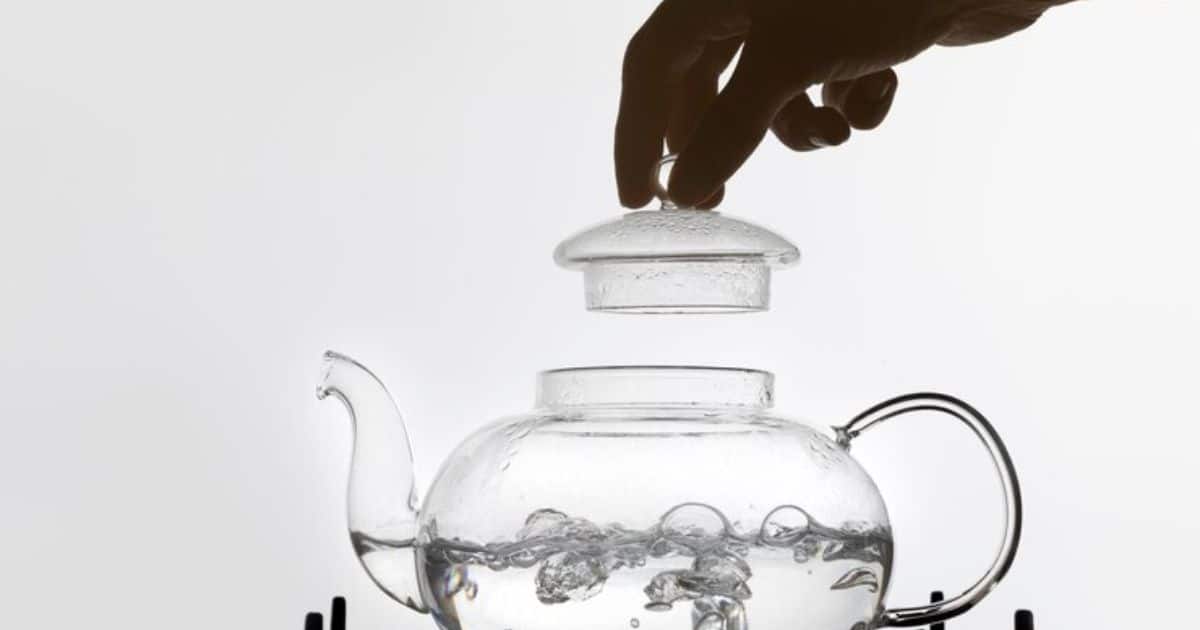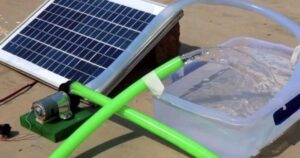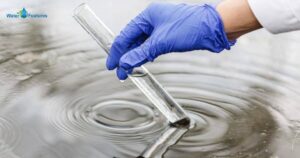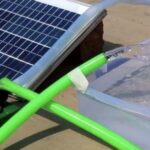Did you know that approximately 95% of glass pitchers crack when exposed to boiling water? This alarming statistic highlights the importance of understanding the limitations of glassware in relation to hot liquids.
In this article, we will delve into the reasons behind glass cracking with hot water, explore why some glass pitchers are more resistant to cracking, and provide valuable tips on preventing glass pitchers from shattering. Join us as we uncover the secrets to safely using glassware with boiling water.
Key Takeaways
- Glass is a brittle material that expands when heated and contracts when cooled, which can lead to cracks or shattering if the stress exceeds the strength of the glass.
- Factors such as using borosilicate or tempered glass, thicker walls, proper annealing, and quality control contribute to the ability of glass pitchers to resist cracking when exposed to hot water.
- Shatter-free glass pitchers made from tempered glass are more resistant to thermal stress and provide durability and safety.
- Other suitable materials for pouring boiling water include heat-resistant glass containers, stainless steel containers, ceramic containers designed for high temperatures, and food-grade silicone containers. It is important to choose containers explicitly labeled as heat-resistant or suitable for hot liquids.
Why Does Glass Crack With Hot Water
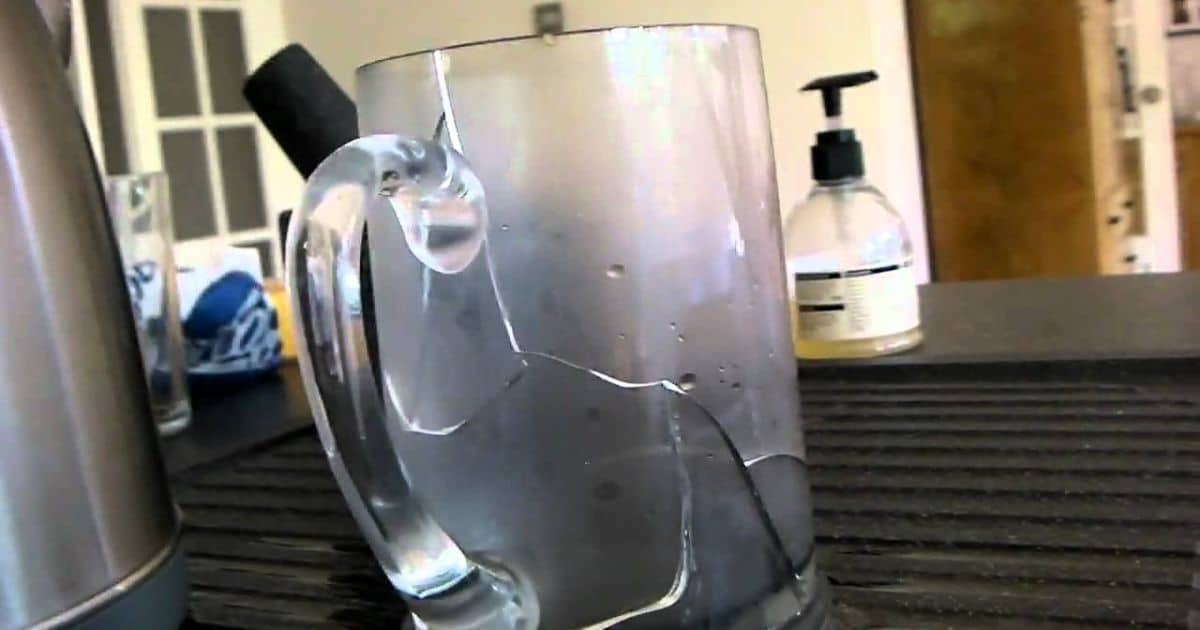
The cracking of glass when exposed to hot water can be attributed to a phenomenon known as thermal stress. Glass is a brittle material that expands when heated and contracts when cooled. When hot water is poured into a glass pitcher, the inner layer of the glass expands rapidly due to the sudden increase in temperature.
Pouring boiling water onto the glass can exacerbate these issues by introducing a sudden temperature change. The outer layer of the glass remains relatively cool. This rapid expansion of the inner layer creates stress within the glass structure. If this stress exceeds the strength of the glass, it can lead to cracks or shattering.
Imperfections or defects in the glass can act as stress concentration points, making it more prone to cracking. It is important to avoid exposing the glass to extreme temperature changes, such as pouring boiling water, to maintain its structural integrity. Understanding the factors that contribute to thermal stress in glass can help us explore why some glass pitchers don’t crack when exposed to hot water.
Why Some Glass Pitchers Don’t Crack
Some glass pitchers are able to withstand the stress caused by hot water without cracking. This is due to a few key factors:
Glass Composition:
- Borosilicate glass: This type of glass is resistant to thermal shock and can withstand high temperatures. It contains boron oxide, which reduces the expansion and contraction rate of the glass when exposed to heat.
- Tempered glass: This glass is treated with a special heating and rapid cooling process that increases its strength. It can handle sudden temperature changes without cracking.
Design and Manufacturing:
- Thick walls: Glass pitchers with thicker walls have better resistance to thermal stress.
- Annealing process: Properly annealed glass pitchers go through a controlled cooling process that relieves internal stresses and makes them more resistant to cracking.
How to Prevent Glass Pitchers From Cracking
To prevent glass pitchers from cracking, it is important to implement certain measures during the design and manufacturing process. By taking these precautions, manufacturers can ensure that their glass pitchers are durable and resistant to cracking. Here are five key measures that can be taken:
| Measure | Description |
|---|---|
| Use high-quality glass | Opt for glass materials that have a low coefficient of thermal expansion to minimize stress. |
| Reinforce weak points | Strengthen areas prone to stress, such as the pitcher’s handle or spout. |
| Incorporate thermal shock resistance | Choose glass that can withstand sudden temperature changes without cracking. |
| Implement proper annealing process | Annealing is a controlled cooling process that helps relieve internal stresses in the glass. |
| Perform thorough quality control | Inspect pitchers for any defects, such as microcracks or imperfections, before shipping. |
Shatter-Free Glass Pitcher
When considering the use of boiling water, it is essential to ensure that the glass pitcher is shatter-free. A shatter-free glass pitcher is designed to withstand extreme temperature changes without breaking, making it a reliable choice for pouring boiling water.
Here are some reasons why a shatter-free glass pitcher is beneficial:
Durability:
- Shatter-free glass pitchers are made from tempered glass, which is more resistant to thermal stress.
- Tempered glass undergoes a special heating and cooling process that strengthens its structure, making it less likely to shatter.
Safety:
- A shatter-free glass pitcher reduces the risk of injury from broken glass shards.
- It provides peace of mind, knowing that you can safely pour boiling water without the pitcher cracking or breaking.
Investing in a shatter-free glass pitcher ensures a reliable and safe experience when using boiling water.
Can You Put Hot Water In Wine Glass
The use of a shatter-free glass pitcher also extends to the question of whether hot water can be safely poured into a wine glass. Wine glasses, typically made of delicate glass, may not withstand sudden changes in temperature, such as pouring hot water. The table below provides a comparison between different types of glassware and their ability to handle hot liquids:
| Glassware | Temperature Tolerance |
|---|---|
| Shatter-free pitcher | Up to boiling point |
| Heat-resistant glass | Up to 300°F |
| Wine glass | Not recommended |
As shown in the table, wine glasses are not designed to withstand high temperatures. Pouring hot water into a wine glass may cause it to crack or shatter, risking injury and damage. It is best to use glassware specifically designed to handle hot liquids, such as a shatter-free pitcher or heat-resistant glass, to ensure safety and prevent accidents.
Can You Put Boiling Water In A Pint Glass
The fragility of wine glasses discussed earlier extends to the topic of whether boiling water can be safely poured into a pint glass. Pint glasses, like wine glasses, are typically made of thin glass and are not designed to withstand extreme temperatures. Therefore, it is not recommended to pour boiling water directly into a pint glass.
Here are a few reasons why:
- Thin glass: Pint glasses are designed to hold cold beverages, not hot liquids. The thin glass used in pint glasses is more prone to cracking or shattering when exposed to sudden temperature changes.
- Thermal shock: Pouring boiling water into a pint glass can cause thermal shock, which occurs when a material rapidly expands or contracts due to a drastic change in temperature. This can lead to the glass breaking or even exploding.
To avoid any accidents or damage, it is advisable to use heat-resistant glassware specifically designed to handle high temperatures when dealing with boiling water.
Can You Pour Boiling Water Into Plastic
Pouring boiling water into plastic containers can pose safety risks and should be avoided. Plastic materials have a lower melting point compared to glass, making them susceptible to deformation or even melting when exposed to high temperatures. The table below provides an overview of the different types of plastic commonly used in containers and their respective heat resistance.
| Plastic Type | Heat Resistance | Common Uses |
|---|---|---|
| Polyethylene | Up to 120°C | Food containers, bottles |
| Polypropylene | Up to 135°C | Microwavable containers |
| Polycarbonate | Up to 140°C | Water bottles, baby bottles |
It is important to note that these temperatures are general guidelines and can vary depending on the specific grade and manufacturer of the plastic. To ensure safety, it is best to use containers made of glass or heat-resistant plastics specifically designed for hot liquids when pouring boiling water.
What Can I Pour Boiling Water Into
Boiling water can be safely poured into heat-resistant containers made of glass or specifically designed for hot liquids. When considering what containers to use for pouring boiling water, it’s important to choose materials that can withstand high temperatures without cracking or shattering. Here are some options to consider:
- Glass containers: Heat-resistant glass, such as borosilicate glass, is designed to withstand high temperatures and can safely hold boiling water.
- Stainless steel containers: Stainless steel is a durable and non-reactive material that can handle hot liquids without any issues.
- Ceramic containers: Certain types of ceramics, such as porcelain or stoneware, can handle high temperatures and are suitable for pouring boiling water into.
By using these heat-resistant containers, you can ensure the safety and integrity of your boiling water.
Hot Water Bath Canning
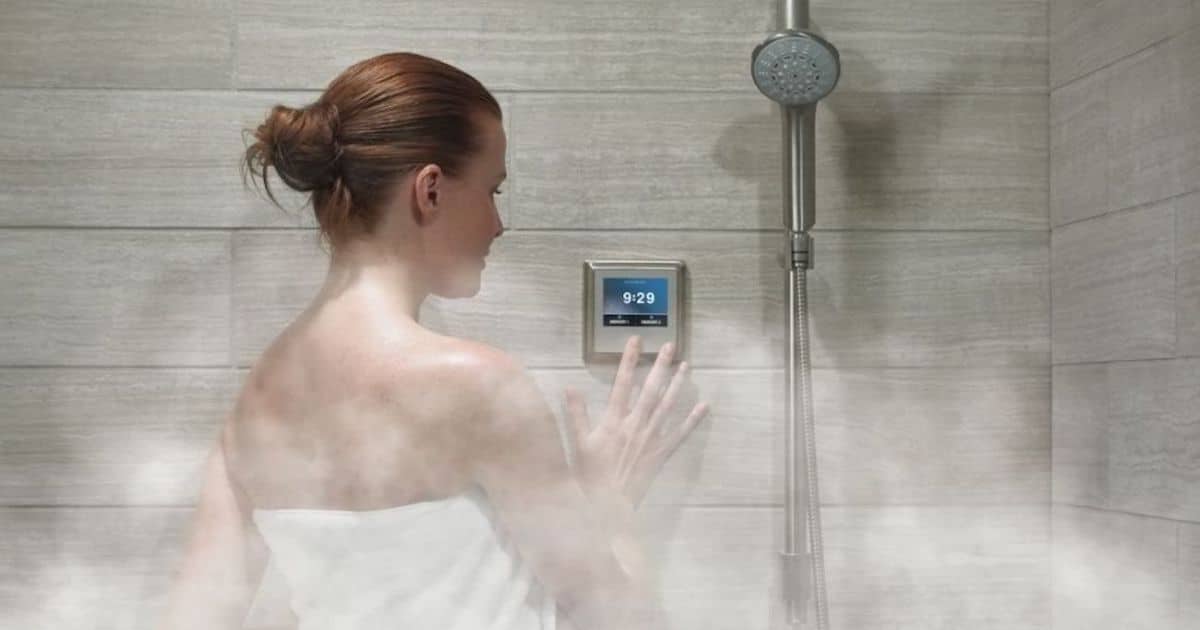
Hot water bath canning is a widely used method for preserving food using high-temperature water. This process involves placing jars filled with food in a canner filled with hot water and heating them to a specific temperature for a set period of time.
The purpose of hot water bath canning is to destroy microorganisms, such as bacteria and yeasts, that can cause spoilage and foodborne illnesses. The heat from the boiling water creates a high enough temperature inside the jars to kill these microorganisms and create a vacuum seal, which prevents further contamination.
This method is commonly used for preserving high-acid foods, such as fruits, pickles, and tomatoes, as the acidity helps inhibit the growth of bacteria. It is important to follow precise instructions and guidelines when practicing hot water bath canning to ensure the safety and quality of preserved foods.
FAQ’s
How to prevent glass from breaking when pouring hot water?
To prevent glass from breaking with hot water, use heat-resistant glass, ensure it’s at room temperature, avoid sudden temperature changes, and don’t use damaged glasses.
Can you put boiling water in glass cups?
No, it’s not a good idea to put boiling water in glass cups. Glass can break or shatter when exposed to extreme temperature changes, and hot water can cause this. It’s safer to use cups made of materials designed to handle hot liquids, like heat-resistant glass or ceramic.
can you put boiling water in plastic?
It’s not a good idea to put boiling water in plastic. The heat can make the plastic release harmful chemicals into the water. It’s safer to use materials that are meant for hot liquids, like glass or metal.
Conclusion
In conclusion, it is not recommended to put boiling water in glass as it can cause the glass to crack. However, some glass pitchers are designed to withstand high temperatures without cracking. To prevent glass pitchers from cracking, it is important to gradually heat them and avoid sudden temperature changes.
If you are looking for a shatter-free option, consider using a pitcher made of shatter-free glass or alternative materials. Pouring boiling water into plastic can be hazardous as it can cause the plastic to melt or release harmful chemicals.
